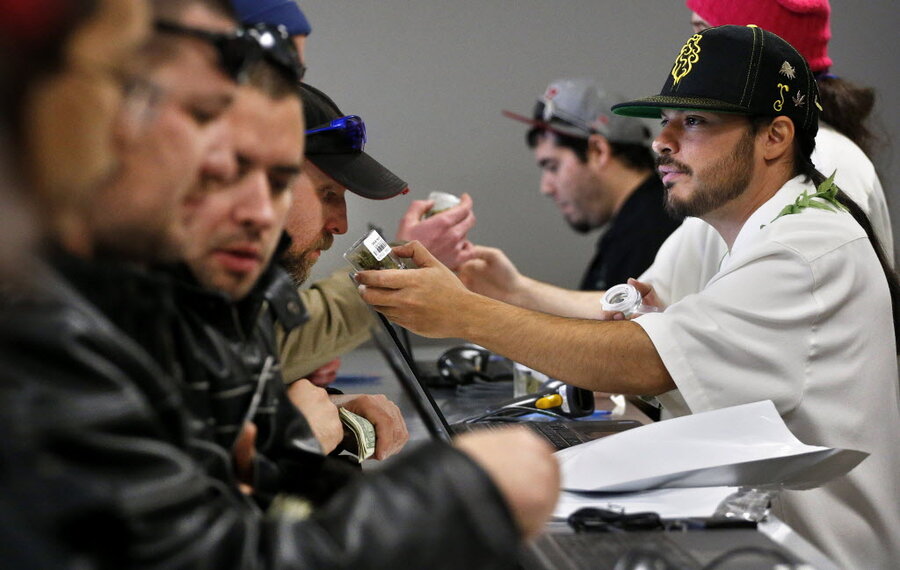Pot legalization’s sobriety test
Loading...
Many countries tempted to legalize marijuana are closely watching how a handful of US states are coping with their new experiments in the legal sale of pot. They may be looking in all the wrong places. A better place to follow is Vermont, one of the most liberal states in the Union.
In early May, Vermont lawmakers, after carefully studying Colorado’s experience, voted against the commercial sale and use of marijuana. If the measure had passed, it would have been the first legalization approved by a state legislature instead of through a ballot initiative.
Opponents of the Vermont bill were surprisingly many, including public health advocates. Most notably were the state’s police chiefs and sheriffs. Their big concern was the highway safety risks from a possible increase in drivers impaired by marijuana. They aptly noted that the measure included additional support to catch drugged drivers. This was an implicit admission by pot proponents that the state would be creating a problem rather than solving one.
After Colorado legalized pot in 2012, the number of highway fatalities in which the driver tested positive for the active ingredient in marijuana shot up from 23 in 2013 to 37 in 2014, according to a report released in April by the state’s Department of Public Safety. One reason may be that pot use among young adults also increased, from 21 percent in 2006 to 31 percent in 2014. The report also noted a rapid rise in the number of police trained to identify driving impairment from drugs other than alcohol.
In Washington State, meanwhile, the number of fatal crashes caused by a driver who tested positive for marijuana has doubled since voters legalized pot in 2012, according to a study released Tuesday by AAA. “The significant increase in fatal crashes involving marijuana is alarming,” said Peter Kissinger, president and chief executive officer of the AAA Foundation for Traffic Safety.
Such concerns are hardly new. Since California legalized medical marijuana in 1996, there has also been an increase in the number of drivers killed in crashes who tested positive for drugs. In 2011, the White House’s Office of National Drug Control Policy identified “drugged driving” as a top priority. But according to a February report by the federal Government Accountability Office (GAO), many states complain that Washington’s current public awareness initiatives on highway safety do not clearly include drug-impaired driving.
With rising concerns about distracted drivers these days, states like Vermont are wisely choosing not to add stoned drivers to those concerns. In Massachusetts, a new poll finds voters oppose pot legalization, an issue that may be on the 2016 ballot. Perhaps one lesson from Colorado and other pot-friendly states is sinking in: Countries need clearheaded people at the wheel.





